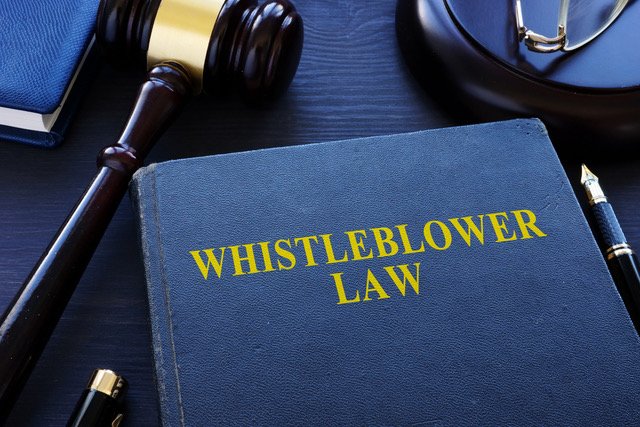Laws Against Cyberbullying and Internet Harassment

In today’s digital age, the rise of cyberbullying and internet harassment has become a significant concern for individuals, communities, and governments alike. As we navigate the vast online world landscape, it’s crucial to understand the legal measures in place to combat these issues and protect individuals from the harmful consequences of online abuse.
Contents
- 1 Understanding Cyberbullying
- 2 Impact on Victims
- 3 Legal Framework
- 4 Cyberbullying Laws in the United States
- 5 Enforcement Challenges
- 6 Preventive Measures
- 7 Global Initiatives
- 8 Internet Harassment vs. Free Speech
- 9 Notable Cyberbullying Cases
- 10 Impact of Social Media
- 11 Recent Developments
- 12 Cyberbullying and Mental Health
- 13 Educational Programs
- 14 Conclusion
- 15 FAQs( Cyberbullying and Internet Harassment)
Understanding Cyberbullying
Cyberbullying takes various forms, from online harassment and defamation to the distribution of malicious content. Understanding the dynamics of cyberbullying is essential in developing practical legal frameworks to address these challenges. Platforms like social media, messaging apps, and online forums often serve as breeding grounds for such behavior.
Impact on Victims
The impact of cyberbullying extends far beyond the digital realm, affecting victims on a psychological and real-life level. Studies have shown a direct correlation between online harassment and mental health issues. The legal system must address these consequences to provide adequate protection for victims.
Legal Framework
Countries worldwide recognize the severity of cyberbullying and internet harassment, leading to the establishment of legal frameworks to curb such behavior. These laws vary in scope and severity, reflecting each jurisdiction’s unique challenges in addressing online threats.
Cyberbullying Laws in the United States
In the United States, both federal and state-specific laws exist to combat cyberbullying. Federal laws, such as the Children’s Online Privacy Protection Act (COPPA) and the Cyberbullying Prevention Act, aim to create a safer online environment for users. Additionally, individual states have implemented regulations to address cyberbullying within their jurisdictions.
Enforcement Challenges
While legal measures exist, enforcing them poses significant challenges. The anonymity afforded by the internet and jurisdictional issues make it difficult to track and prosecute online perpetrators. Law enforcement agencies face obstacles in identifying and apprehending those responsible for cyberbullying incidents.
Preventive Measures
Preventing cyberbullying requires a collaborative effort involving schools, parents, and communities. Educational programs, awareness campaigns, and open communication play crucial roles in fostering a safer online environment. By addressing the root causes of cyberbullying, society can work towards creating a culture of respect and empathy.
Global Initiatives
Recognizing the global nature of the internet, countries worldwide are collaborating to combat cyberbullying. International initiatives aim to set standards for online behavior, encouraging a collective effort to create a safer digital space.
Read More: Rights of Disabled People Under the Law
Internet Harassment vs. Free Speech
One of the challenges in addressing cyberbullying lies in striking a balance between protecting individuals from online harassment and upholding the principles of free speech. Legislators must navigate this delicate balance to ensure that legal measures neither infringe on individuals’ rights nor allow for the unchecked spread of online abuse.
Notable Cyberbullying Cases
Examining landmark legal battles sheds light on the complexities of addressing cyberbullying. These cases provide valuable insights into legal precedents, helping to shape future legislation and enforcement strategies.
Impact of Social Media
As social media platforms continue to dominate online interactions, they play a crucial role in either perpetuating or preventing cyberbullying. Tech companies are responsible for implementing robust measures to curb online harassment and protect their user base.
Recent Developments
The landscape of cyberbullying is constantly evolving, necessitating updates to legal frameworks. Recent developments in legislation and law enforcement strategies reflect society’s adaptation to emerging online behaviors and threats.
Cyberbullying and Mental Health
Research increasingly highlights the link between cyberbullying and mental health issues. Legal frameworks must not only address the immediate harm caused by online harassment but also consider the long-term impact on victims’ mental well-being.
Educational Programs
Integrating cyberbullying awareness into educational programs is crucial in shaping responsible digital citizens. By teaching students about the consequences of online harassment and promoting empathy, schools contribute to creating a safer online environment.
Read More: Problems with the Law in the Gig Economy
Conclusion
In conclusion, the fight against cyberbullying and internet harassment requires a multifaceted approach. Legal measures, enforcement strategies, preventive measures, and educational programs must work to create a digital space where individuals can express themselves without fear of harm. Our collective responsibility is to foster a culture of respect and empathy online.
FAQs( Cyberbullying and Internet Harassment)
How can I protect myself from cyberbullying?
Implement strong privacy settings on your online accounts. Be cautious about sharing personal information online.
What should I do if I witness cyberbullying?
Report the incident to the platform or website administrators. Encourage the victim to seek support from friends, family, or professionals.
Are there specific laws addressing cyberbullying in every country?
While many countries have enacted laws, the specifics vary. Some may have comprehensive legislation, while others rely on broader legal frameworks.
How can schools contribute to preventing cyberbullying?
Schools can implement anti-bullying programs and incorporate digital citizenship education into their curricula.
What role do social media companies play in combating cyberbullying?
Social media companies should actively enforce community guidelines and implement technology to detect and prevent online harassment.





